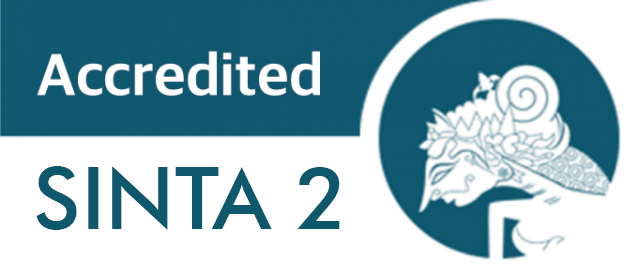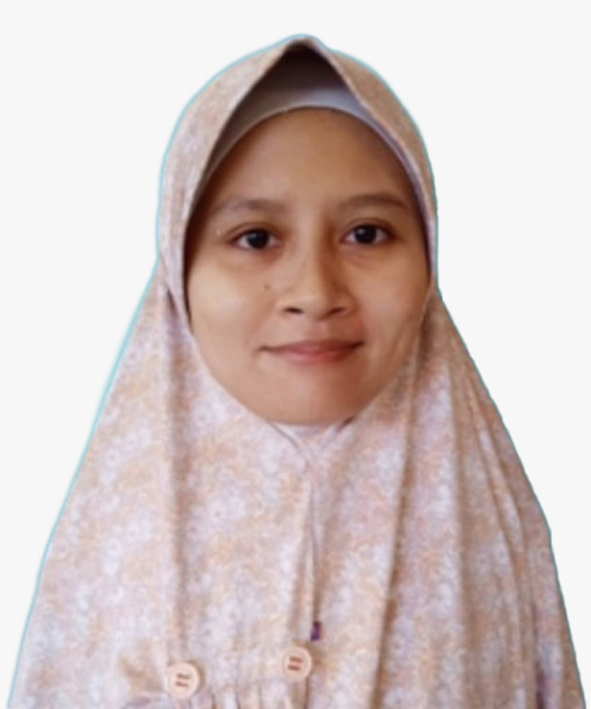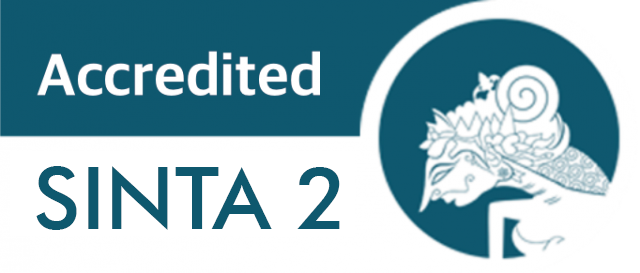Cornelia de Lange Syndrome and Psychiatric's Assistance
Downloads
Cornelia de Lange's syndrome (CdLS) is a genetic disorder characterized by developmental disorders in several organ systems, including the brain, bones, digestion, immunity, endocrine, and others. This syndrome is mainly caused by mutations in the NIPBL, SMC3, and SMC1A genes. CdLS are generally comorbid with developmental or intellectual-level disorders, autism spectrum disorders, self-injury behavior, difficulty speaking, anxiety, hyperactivity, and sleep problems. This CdLS has a significant impact on the quality of life and maladaptive function in patients, as well as causing psychological disorders for families. Therefore, the need for psychiatric assistance for family psychoeducation, psycho-social interventions and cognitive-behavioral education.
Sarogni P, Pallotta MM, Musio A. Cornelia de Lange
syndrome: From molecular diagnosis to therapeutic
approach. J Med Genet. 2019;1–7.
Kline AD, Krantz ID, Deardorff MA, Shirahige K,
Dorsett D, Gerton JL, et al. Cornelia de Lange syndrome
and molecular implications of the cohesin complex:
Abstracts from the 7th biennial scientific and educational
symposium 2016. Am J Med Genet Part A.
;173(5):1172–85.
Mulder PA, Huisman SA, Hennekam RC, Oliver C, van
Balkom IDC, Piening S. Behaviour in Cornelia de Lange
syndrome: a systematic review. Dev Med Child Neurol.
;59(4):361–6.
Parisi L, Di Filippo T, Roccella M. Behavioral
phenotype and autism spectrum disorders in Cornelia de
Lange syndrome. Ment Illn. 2015;7(2):32–5.
Grados MA, Alvi MH, Srivastava S. Behavioral and
psychiatric manifestations in Cornelia de Lange
syndrome. 2017;30(2):92–6.
Crawford H, Waite J, Oliver C. Diverse Profiles of
Anxiety Related Disorders in Fragile X, Cornelia de
Lange and Rubinstein–Taybi Syndromes. J Autism Dev
Disord. 2017;47(12):3728–40.
Ajmone PF, Rigamonti C, Dall'Ara F, Monti F, Vizziello
P, Milani D, et al. Communication, cognitive development
and behavior in children with cornelia de lange syndrome
(CdLS): Preliminary results. Am J Med Genet Part B
Neuropsychiatr Genet. 2014;165(3):223–9.
Moss J, Nelson L, Powis L, Waite J, Richards C, Oliver C.
A comparative study of sociability in Angelman, Cornelia
de Lange, Fragile X, Down and Rubinstein Taybi
syndromes and autism spectrum disorder. Am J Intellect
Dev Disabil. 2016;121(6):465–86.
Elsabbagh M, Johnson MH. Autism and the Social Brain:
The First-Year Puzzle. Biol Psychiatry [Internet].
;80(2):94–9. Available from:
http://dx.doi.org/10.1016/j.biopsych.2016.02.019
Srivastava S, Landy-Schmitt C, Clark B, Kline AD,
Specht M, Grados MA. Autism traits in children and
adolescents with Cornelia de Lange syndrome. Am J Med
Genet Part A. 2014;164(6):1400–10.
Nakanishi M, Deardorff MA, Clark D, Levy SE, Krantz I,
Pipan M. Investigation of autistic features among
individuals with mild to moderate Cornelia de Lange
syndrome. Am J Med Genet Part A. 2012;158 A(8):1841–
Moss J, Howlin P, Magiati I, Oliver C. Characteristics of
autism spectrum disorder in Cornelia de Lange syndrome.
J Child Psychol Psychiatry Allied Discip.
;53(8):883–91.
Moss J, Howlin P, Hastings RP, Beaumont S, Griffith
GM, Petty J, et al. Social behavior and characteristics of
autism spectrum disorder in angelman, cornelia de lange,
and cri du chat syndromes. Am J Intellect Dev Disabil.
;118(4):262–83.
Adams D, Clarke S, Griffith G, Howlin P, Moss J, Petty J,
et al. Mental health and well-being in mothers of children
with rare genetic syndromes showing chronic challenging
behavior: A cross-sectional and longitudinal study. Am J
Intellect Dev Disabil. 2018;123(3):241–53.
Griffith GM, Hastings RP, Oliver C, Howlin P, Moss J,
Petty J, et al. Psychological well-being in parents of
children with Angelman, Cornelia de Lange and Cri du
Chat syndromes. J Intellect Disabil Res.
;55(4):397–410
Copyright (c) 2020 Katharina Merry Apriliani, Yunias Setiawati

This work is licensed under a Creative Commons Attribution-ShareAlike 4.0 International License.
1. Copyright of this journal is possession of the Author, by the knowledge of the Editorial Board and Journal Manager, while the moral right of the publication belongs to the author.
2. The journal allows the author(s) to retain publishing rights without restrictions.
3. The articles are published under a Creative Commons Attribution Share-Alike (CC BY-SA) license. Many research funding bodies prefer the CC BY-SA license because it allows for maximum dissemination and re-use of open access materials. Users are free to share (copy, distribute, and transmit) and remix (adapt) the contribution under this license, including for commercial purposes, as long as they attribute the contribution in the manner specified by the author or licensor.




























